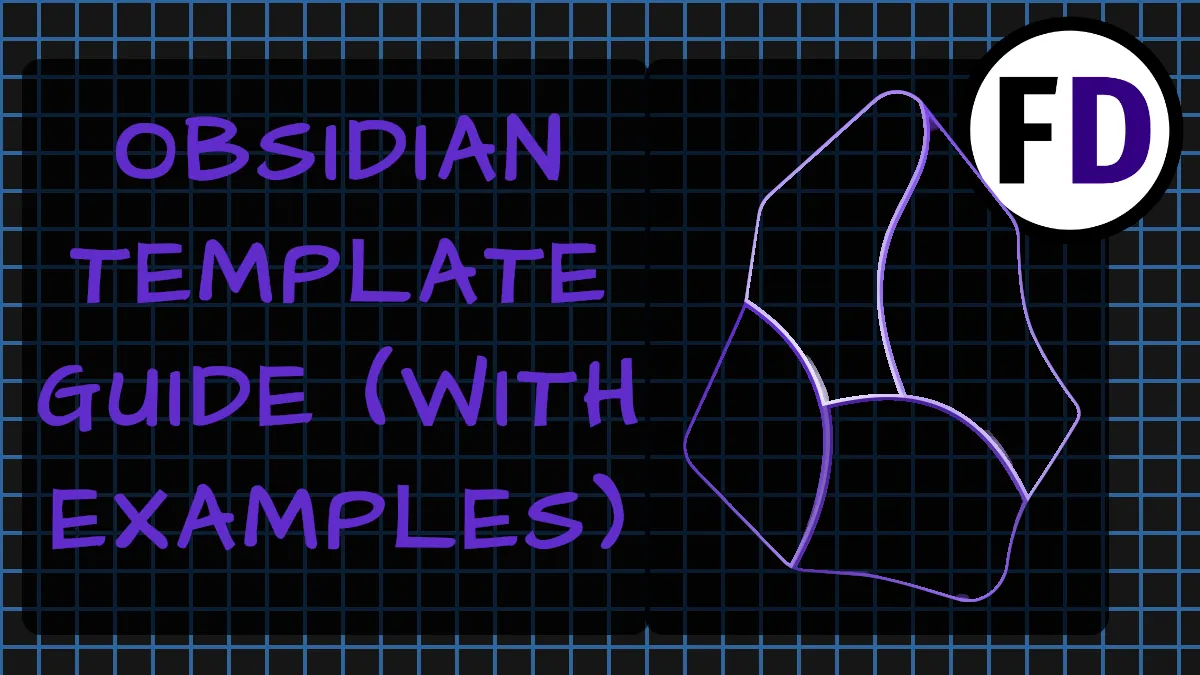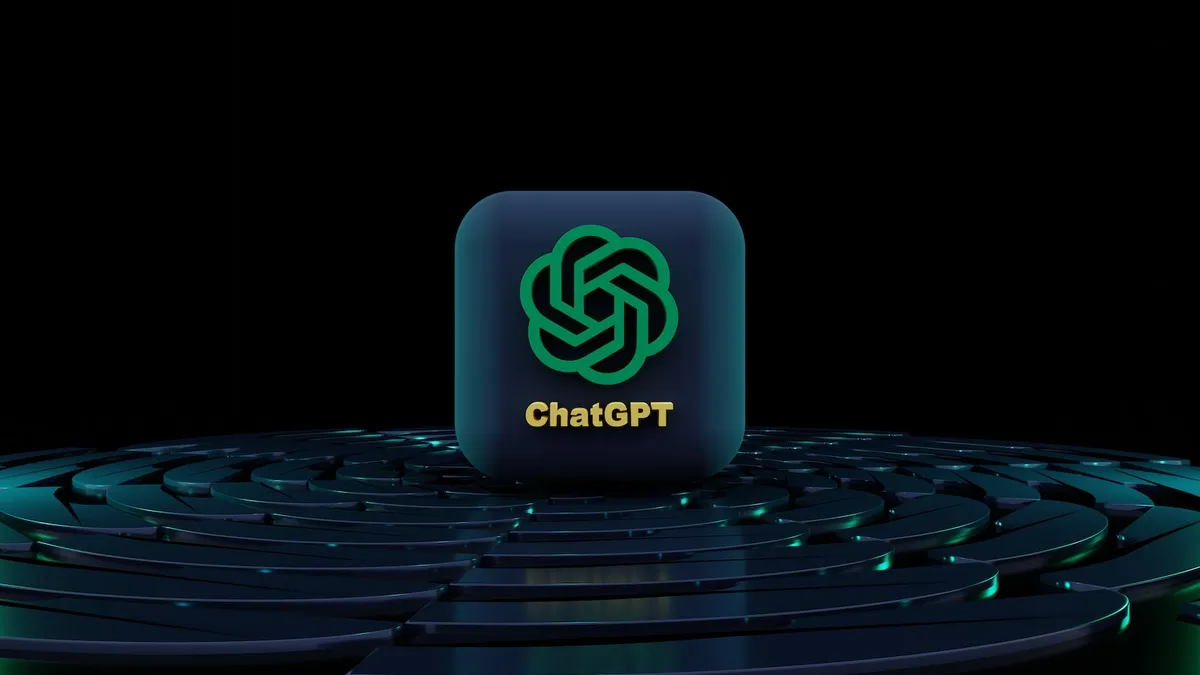Everyone’s heard the term “brain dump,” but few know how valuable this productivity tool really is or how to do it. Are you feeling overwhelmed? Are you starting a new project or having difficulty staying focused on the task? A brain dump will do more than help you with your to-do list. It will create space and clarity in your mind for the new project.
Our minds get cluttered, just like our rooms; if we don’t take the time to clear them up every once in a while, it gets harder to move around. The best way to prioritize while reducing overwhelm is a brain dump.
What is a Brain Dump?
A brain dump is a method of emptying your mind and recording thoughts and ideas for later review.
According to this study published in Nature, your mind processes a vast amount of information daily, around 6200 thoughts. Some of those thoughts are things you need to do. Some aren’t. Some are ideas that need to be considered, others discarded. Your mind may also contain memories or fantasies that require no action or thought. They are simply to be enjoyed.
Your thoughts don’t come with hashtags or categories, so before you can work out what you need to do or what you think about something, you need to untangle your thinking.
Emptying your mind of all these thoughts and ideas allows you to carefully look at each one in turn and decide what it means to you.
Our brains only have the capacity to hold four to seven things at once, but if you’re trying to work out what those things are or what they mean to you, you’ll only be able to hold one or two.
Here are some of the types of thoughts we all have every day.
- Tasks – “I need to go to the store.”
- Ideas – “A new product line might give us the revenue increase we need.”
- Memories – “That day at the lake was so peaceful.”
- Fantasies – “I wish I had that house.”
- Thoughts – “Should I have another coffee? It’s a little late.”
- Analysis – “With a 5% ROI, I’d make $5k per year.”
Before you start pouring these thoughts out of your head, you need somewhere to put them.
How to Know When It’s Time for a Brain Dump?
You don’t need to do a brain dump every day, just like you don’t need to do a spring clean of your entire house every day. Like your house, however, there are signs that it’s time for a spring clean of your mind.
- You feel out of balance
- You feel stressed
- You don’t know what you should do
- You’re feeling unfocused
- You’re not as productive as you can be
- You feel like you forget something
My first brain dump was life-changing. I had 20 years of thoughts and ideas clogging up my mind. So I spent a weekend going through my whole life, everything I owned and everything I thought I’d ever want to do.
When I finished, I felt exhilarated, like all my stresses were gone, and everything seemed possible.
It was time to work out what to do with what I had captured. I dug through the hundred of scribbles and found anything that required action. The result was eye-opening. It refocused my life and changed who I was.
Productivity Tools for Brain Dumping
You don’t need any special tools for a brain dump. You can do it in a notebook or on pieces of A4 paper. David Allen, the author of Getting Things Done, recommends using index cards and writing one item on each because it’s easy to focus on one thing at a time. But it’s a little wasteful.
Any digital list management app, text editor, or note application will also work. Make sure you can sync your notes or lists, so your brain dump data and your whole personal productivity system are available on all devices. Obsidian is a good choice; you can sync it across devices for free.
Write one idea per line using software, a notebook, or paper. Again, speed and conciseness are essential.
Recording your brain dump as audio can also work, but it will take much longer, and processing it will be more challenging. Here are the best tools for performing a brain dump:
- Capture directly into your task management app
- Scrap Paper
- Text editor
- Second Brain Software like Obsidian
- Google Drive or Google Keep
- A Bullet Journal
How Long Should a Brain Dump Take?
There are different types of brain dumps. If you want to do a whole life brain dump, it might take a weekend, as mine did. David Allen says four hours is average.
However, if you want to do a brain dump relevant to your current state, it won’t take more than an hour. Sometimes, if you feel overwhelmed, a five-minute brain dump is all you’ll need to get you back on track and recharge.
For example, if you want to use the Pomodoro Technique to improve your productivity and get some work done this afternoon, you might first clear your mind with a brain dump before you list items to complete. A brain dump also makes a good 5-minute Pomodoro break activity.
Don’t worry about how much time you spend. Instead, be sensitive to how you feel. When you feel like you’ve written down what you need, you’re done.
How to Do a Brain Dump?
OK, let’s get into it.
You should have your pen and paper in front of you (or your application open.) A trigger list can be useful if you cannot think of anything to write down. But these questions should be enough to uncover buckets of dormant ideas.
1. Start with What’s on Your Mind
Start by writing down anything that’s already on your mind. Even if it’s irrelevant or you know you won’t forget it. If “It’s Mom’s birthday tomorrow” pops into your mind, write it down.
Writing it down will get it off your mind and allow you to move on to the next thought. SO write everything that comes to you.
2. Ask Yourself What Do I Need to Do?
Using this question as a prompt should start a flow of things and capture them as they come.
3. Ask Yourself What Problems Do I Have?
Changing categories to problems should unlock more. Pay attention to what appears in your mind, and capture it quickly.
4. Focus on the People in Your Life
Spend a moment thinking about each person in your life, family, and friends, and pay attention if anything pops into your head. For example, “Oh, John still has my book,” “I need to talk to Mom about…” etc.
5. Turn Your Attention to Work
You have specific responsibilities at work. What are they? Are they all going fine? Is there anything you wish was different or anything you could do to improve or change things?
If you’re still at school or college, ask yourself the same things, focusing on each subject or class you take.
6. Go through Your Hobbies and Other Activities
It’s not just about work and being hyperproductive. What do you do for fun? Do you need to organize anything there? Is there anything you need to buy?
There are so many cool hobbies and crafts for adults. Do you want to start one?
7. Now Think About The Future
Finally, move forward in time and think about your goals and objectives for the future.
- Where do you want to be in five years?
- What do you want to complete by the end of the year?
- What do you want to do before you die?
What to with My Brain Dump
Once you have completed the brain dump, you will have dozens or even hundreds of thoughts, ideas, and tasks in front of you. It’s time to process them.
Actionable Vs. Non-Actionable Items
You have written down some tasks or projects you want to complete. These are called actionable items because they require some action from you. Of course, getting everything out of your head is incredible for clearing your mind and reducing stress, but separating the actionable and non-actionable items will turn your brain dump into the best time management or productivity system.
Trash
As you look at your brain dump, you will inevitably see many items that require no action and aren’t important. For example, you may have written down a memory from yesterday because it popped into your head during the brain dump. Delete, scribble out or throw into the garbage all of these items.
Notes and Personal Knowledge Management
The next category of items is sometimes called reference material, but really they’re notes. These are also non-actionable items, but the difference is that they are important enough to keep hold of. A fact or figure you remembered, a quote you heard, or an idea you have no current use for.
You don’t need to do anything with these items, but you might want to refer to them later. Ideally, you should have a personal knowledge management system or second brain for organizing these ideas. A notes app could be a good alternative.
Bucket List or Someday Maybe Items
In Getting Things Done, David Allen recommends using a list of items you don’t want to do now but maybe you will in the future. For example, during your brain dump, if you wrote down “Learn Spanish,” perhaps it’s always been your life goal to learn to speak a new language like Spanish, but it’s not something you want to do any time soon.
Rather than deleting an item like that, you can add it to a bucket list, a someday maybe, or a list of long-term goals.
To-Dos
Everything left on your list should be tasks and projects that you can do. So put them into your task management system, to-do list, or checklist app.
Of course, depending on your task manager, you can categorize your task list by context or priority.
Go Do It!
Reading about how good you’ll feel after clearing your head and capturing everything into a trusted system is one thing. And how you’ll become more productive once you have everything you need to do in life on a list you can hold in the palm of your hand. But remember, these productivity tips only work if you do them, so free up a couple of hours and take a brain dump today.












